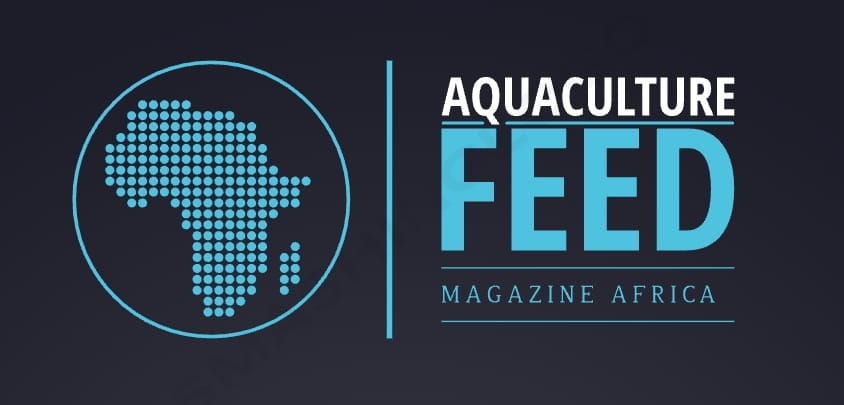SINGLE CELL PROTEINS HAVE THE GREATEST POTENTIAL TO REPLACE FISHMEAL IN SHRIMP DIETS
Determining the apparent digestibility of ingredients is an important prerequisite for evaluating the availability of new protein sources. This type of evaluation allows us to know the total amount of ingredients that are digested.
Researchers from Guangdong Ocean University, Sun Yat-sen University, and Aquatic Animals Precision Nutrition and High-Efficiency Feed Engineering Research Center of Guangdong Province evaluated the apparent digestibility coefficients of six new protein sources in white shrimp (Litopenaeus vannamei), including Hermetia illucens black soldier fly larvae (BSFLM) meal, Chlorella vulgaris (CM) meal, cottonseed protein concentrate (CPC), Tenebrio molitor (TM) meal, protein from Clostridium autoethanogenum (CAP) and methanotrophic (Methylococcus capsulatus, Bath) bacterial meal (MPM).
According to the researchers, their results show that the growth performance of shrimp fed black soldier fly meal, Tenebrio molitor meal, and bacteria meal decreased significantly compared to the control group, and found no significant differences between shrimp fed diets. containing the control diet, Chlorella vulgaris meal, Clostridium autoethanogenum protein and cottonseed protein concentrate.
Use of insect protein
According to the study, shrimp fed black soldier fly larvae meal and Tenebrio molitor meal showed a significantly lower digestibility coefficient.
“The nutritional properties of shrimp fed with insect protein are strongly influenced by the nutritional properties of the ingredients,” they report.
Typically, the crude protein, crude lipids, nitrogen-free extracts, and ash content of insects vary with species and life stage. In addition, the exoskeleton of insects is mainly composed of chitin, which is considered to impede digestive processes.
Single cell protein
Unicellular protein is the biomass obtained from the cytoplasm of microalgae, yeast, bacteria or fungi, which has attracted attention due to the advantages in terms of nutritional characteristics and the high production that can be obtained in bioreactors.
“The results show that most of the apparent digestibility indices in Chlorella vulgaris (CM) meal were significantly lower than those for the control diet, but the ADCp of the three unicellular proteins were significantly higher than in the control diet.” stand out.
The researchers describe that the rupture of the cell walls of unicellular microorganisms through physical means, chemical or bioenzymatic hydrolysis is a key aspect for the best use of proteins and amino acids, and to reduce anti-nutritional factors.
Vegetable proteins
Proteins obtained from terrestrial plants have been widely used in aquaculture feeds, but they are considered to have the disadvantage of lack of essential amino acids, anti-nutritional factors and poor palatability.
Cottonseed meal is a cheap and highly practical protein source in shrimp feeds.
“Although shrimp fed a diet containing cottonseed meal showed the lowest apparent digestibility coefficients across all indices than those fed the control diet,” they report.
Conclusion
The study evaluated the apparent digestibility of six new protein sources for vannamei shrimp feed.
“The results show that the shrimp had the highest apparent digestibility of the cellular protein, followed by the insect proteins”, conclude the researchers.
They also describe that the six new protein sources showed better digestive properties and appear to be potential alternatives to fishmeal.
Reference (free access)
Li X et al.,. Evaluation of Six Novel Protein Sources on Apparent Digestibility in Pacific White Shrimp, Litopenaeus vannamei. Aquac Nutr. 2022 Nov 2;2022:8225273. doi: 10.1155/2022/8225273.

